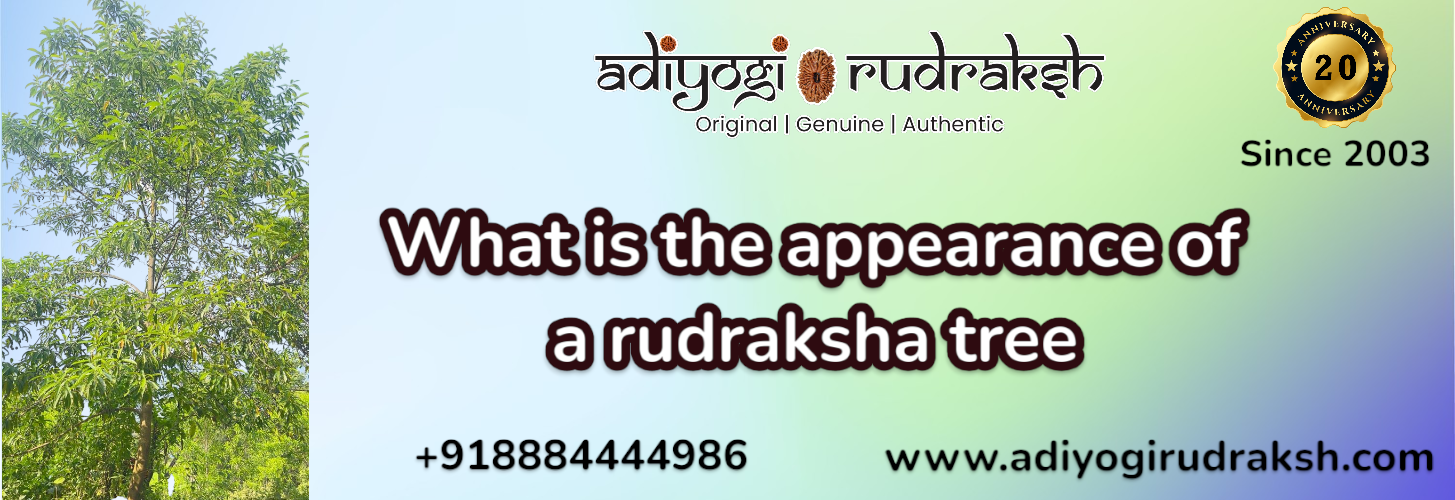What is the appearance of a rudraksha tree?
What is the appearance of a rudraksha tree?
Blog Article

Large evergreen trees like the rudraksha tree (Elaeocarpus ganitrus) are widespread throughout Southeast Asia, including Indonesia, India, Nepal, and other places.
The Rudraksha Tree's Structure
Some characteristics of the Rudraksha tree are as follows:
Size and Appearance: Rudraksha trees can reach heights of 50 to 80 feet (15 to 24 meters), with a typical size range of medium to large. Its strong, grayish-brown bark covers its upright trunk.
The leaves of the rudraksha tree are oval-shaped, basic, and arranged alternately. They are dark green and feel smooth. Typically, leaves range in length from 3 to 6 inches (7 to 15 centimeters).
Flowers: Rudraksha trees bear clusters of small, fragrant, white flowers. These flowers have five petals and a tubular shape. Frequently, they bloom in the spring.
Fruits: The most significant characteristic of the Rudraksha tree are its fruits, which are also known as Rudraksha beads. These round or oval-shaped beads have a rough, woodsy feel to them. On their surface, they exhibit distinctive grooves or lines known as Mukhis, which can have any number between one and twenty-one.
Habitat: The majority of rudraksha trees' range is tropical and subtropical, with the Himalayan foothills being one such location. They thrive on well-drained soil Adiyogi and require a humid climate with regular rainfall.
Cultural and Spiritual Significance: In Hinduism, the Rudraksha beads, which are crafted from the tree's seeds, have immense religious and spiritual significance. Because they are believed to have potent healing and meditative properties, they are worn as sacred objects or used in religious rites and practices.